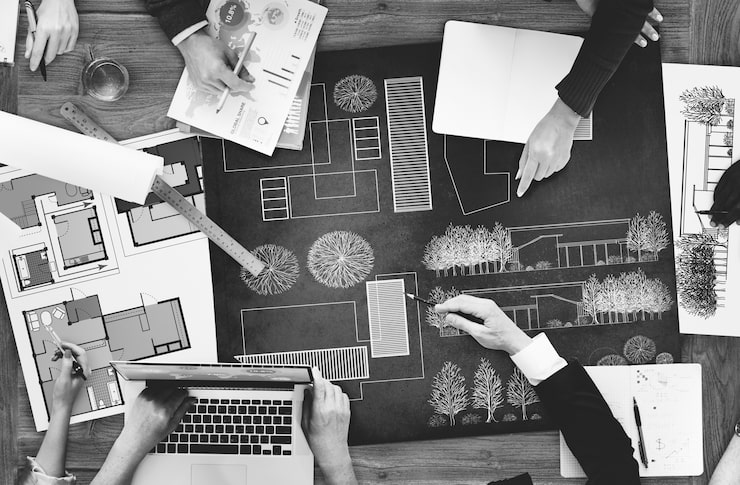What Is Architecture Really? Exploring the Definition Beyond Buildings
When most people hear the word “architecture,” they immediately think of towering skyscrapers, cozy homes, or grand monuments. While buildings are a visible part of architecture, the true definition stretches far beyond concrete, steel, and glass. Architecture is both an art and a science—it shapes the way we live, interact, and experience the world around us. In this article, we’ll dive deep into the meaning of architecture, exploring its broader implications and why it matters to society, culture, and even the human psyche.
Understanding Architecture: More Than Just Buildings
Architecture is often described as the art and science of designing spaces for human use. It is the careful planning, conceptualization, and creation of environments that are functional, aesthetic, and sustainable. While the term is closely tied to physical structures, architecture also involves ideas, culture, history, and technology. Essentially, architecture is about creating a dialogue between space and the people who inhabit it.

The Core Elements of Architecture
Functionality
At its heart, architecture serves a purpose. A building must meet the practical needs of its occupants, whether it’s a home, office, school, or museum. Functionality ensures that spaces are usable, safe, and comfortable.
Aesthetics
Beauty is an essential aspect of architecture. Design elements like form, color, texture, and proportion influence how people perceive and feel within a space. Aesthetic choices reflect cultural values and personal expression, turning structures into works of art.
Sustainability and Innovation
Modern architecture goes beyond mere appearance and functionality. Architects increasingly focus on sustainable design, energy efficiency, and environmentally friendly materials. Innovation also plays a key role, as new technologies allow architects to push boundaries and create unique, forward-thinking designs.
Architecture as a Cultural Reflection
Architecture is a mirror of society. Historical buildings reveal the values, beliefs, and priorities of the people who built them. For example, Gothic cathedrals showcase religious devotion, while modernist structures reflect industrial progress and minimalism. Understanding architecture means understanding human history and culture through the lens of design.
Architecture in Everyday Life
Architecture is not limited to iconic landmarks or luxury spaces. It shapes our daily experiences—from the layout of a city street to the design of a local park. Thoughtful architecture influences well-being, encourages social interaction, and fosters a sense of belonging. Even small details, like natural lighting or seating arrangements, can significantly impact our mood and productivity.

Conclusion
definition of architecture is far more than just buildings; it is a complex interplay of art, science, culture, and human experience. By looking beyond bricks and mortar, we can appreciate the deeper meaning of architecture in shaping our world, influencing our emotions, and reflecting our collective identity. Whether it’s a historic landmark or a neighborhood playground, architecture surrounds us, guiding how we live, work, and connect with one another. Understanding architecture ultimately helps us appreciate the spaces we inhabit and the stories they tell.







Post Comment